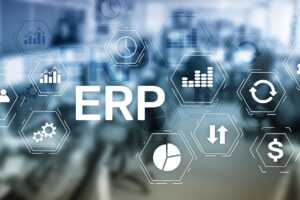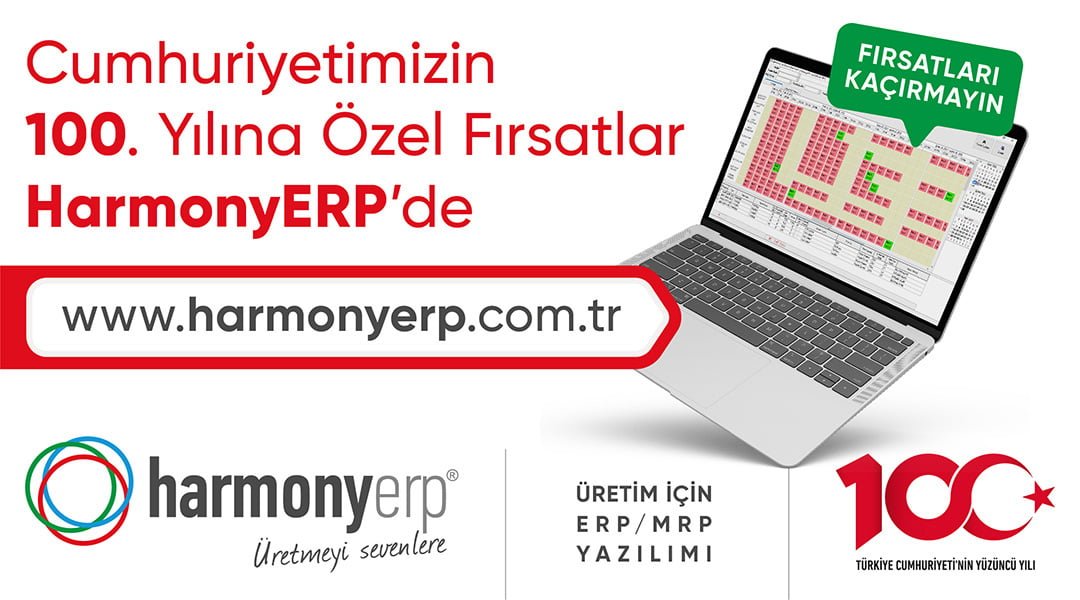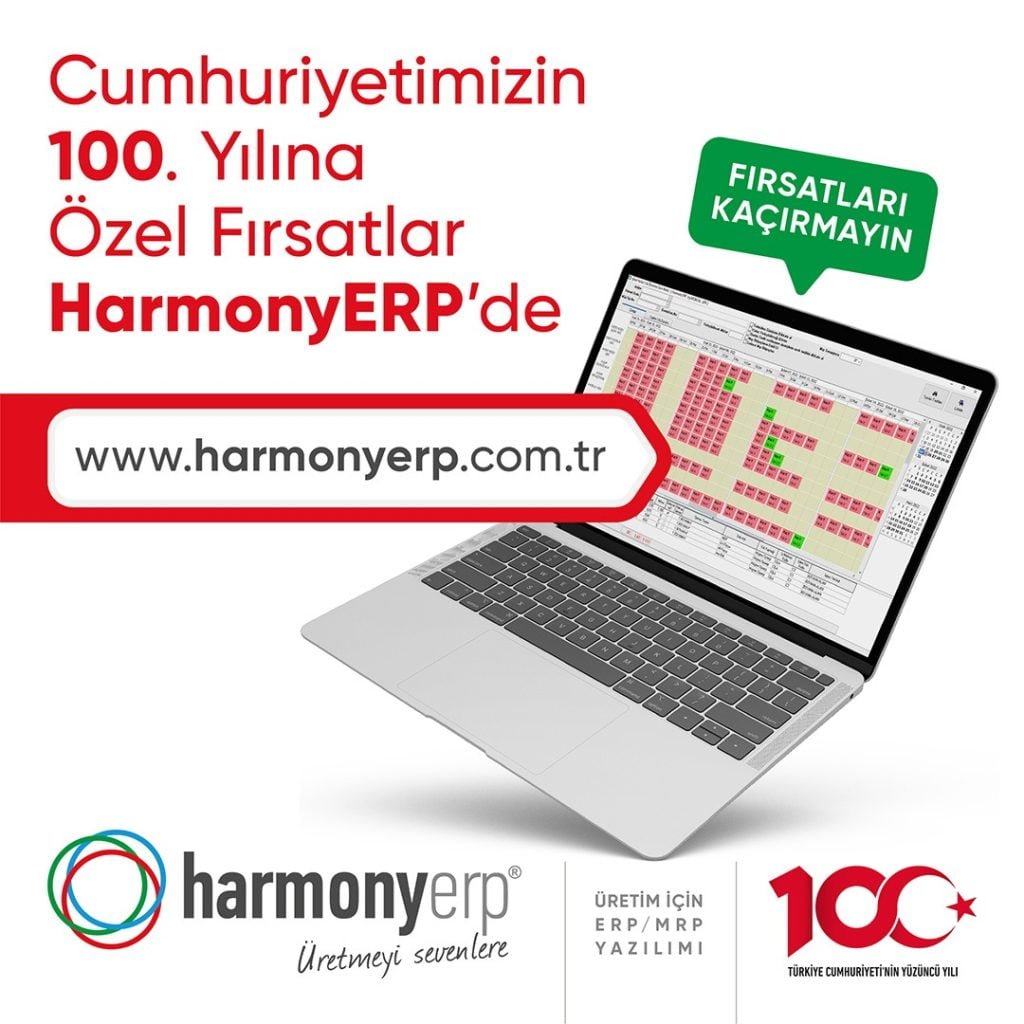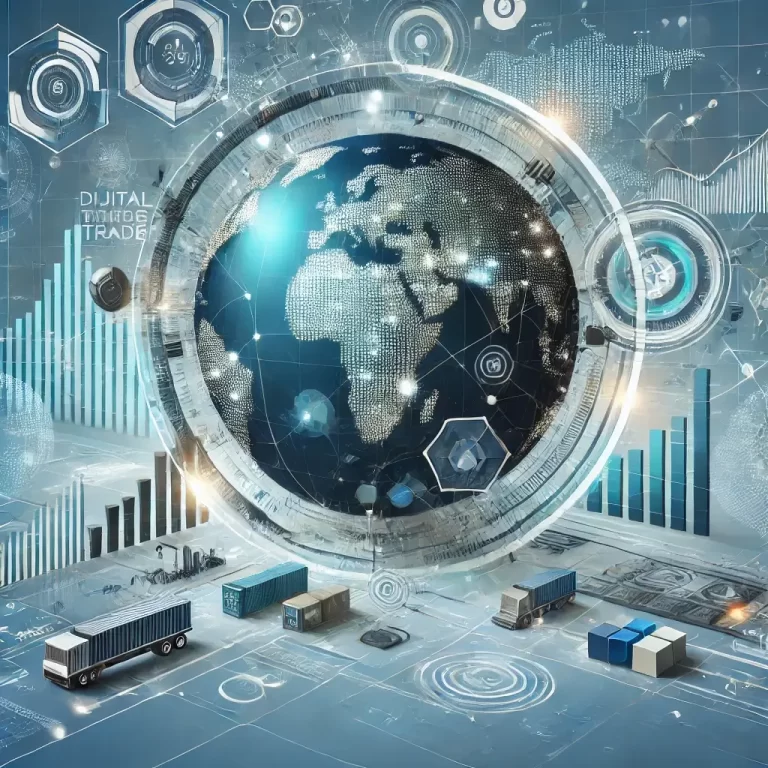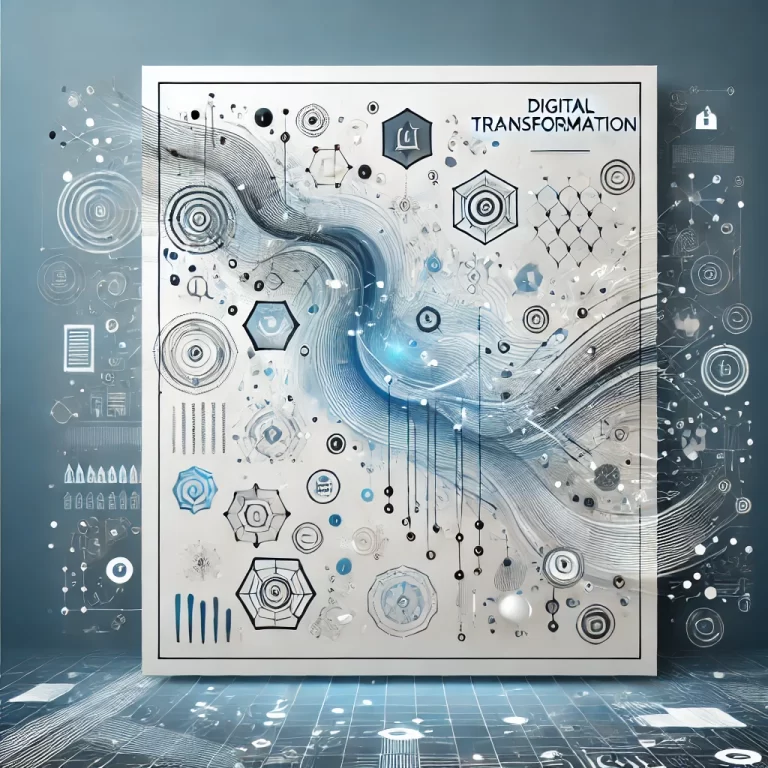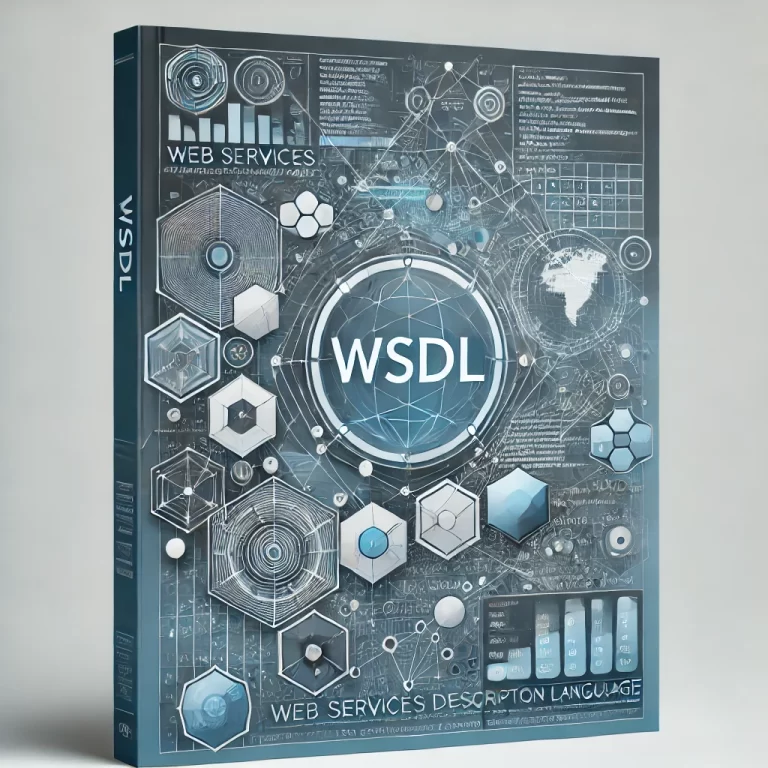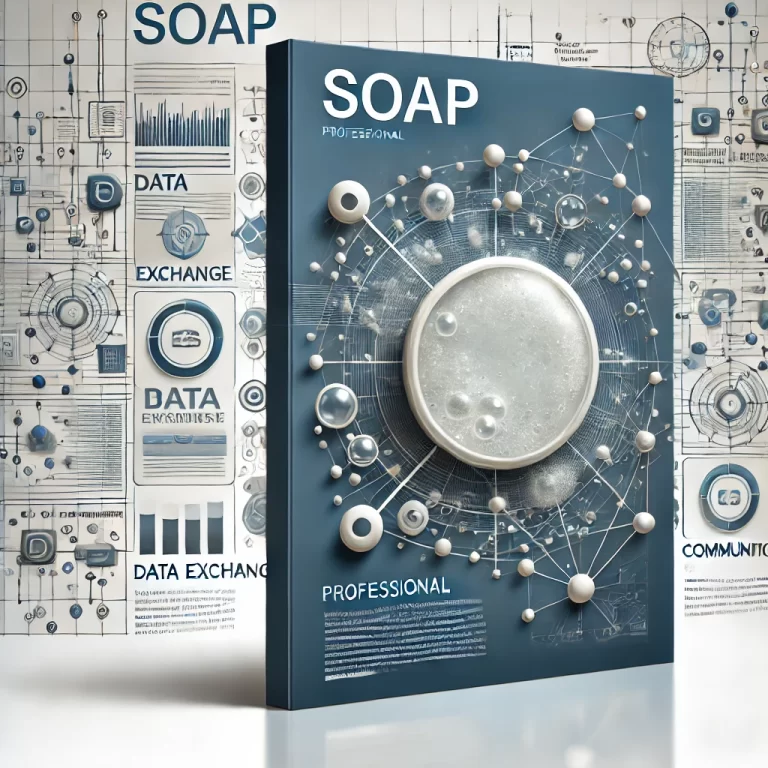What is the History and Development of ERP?
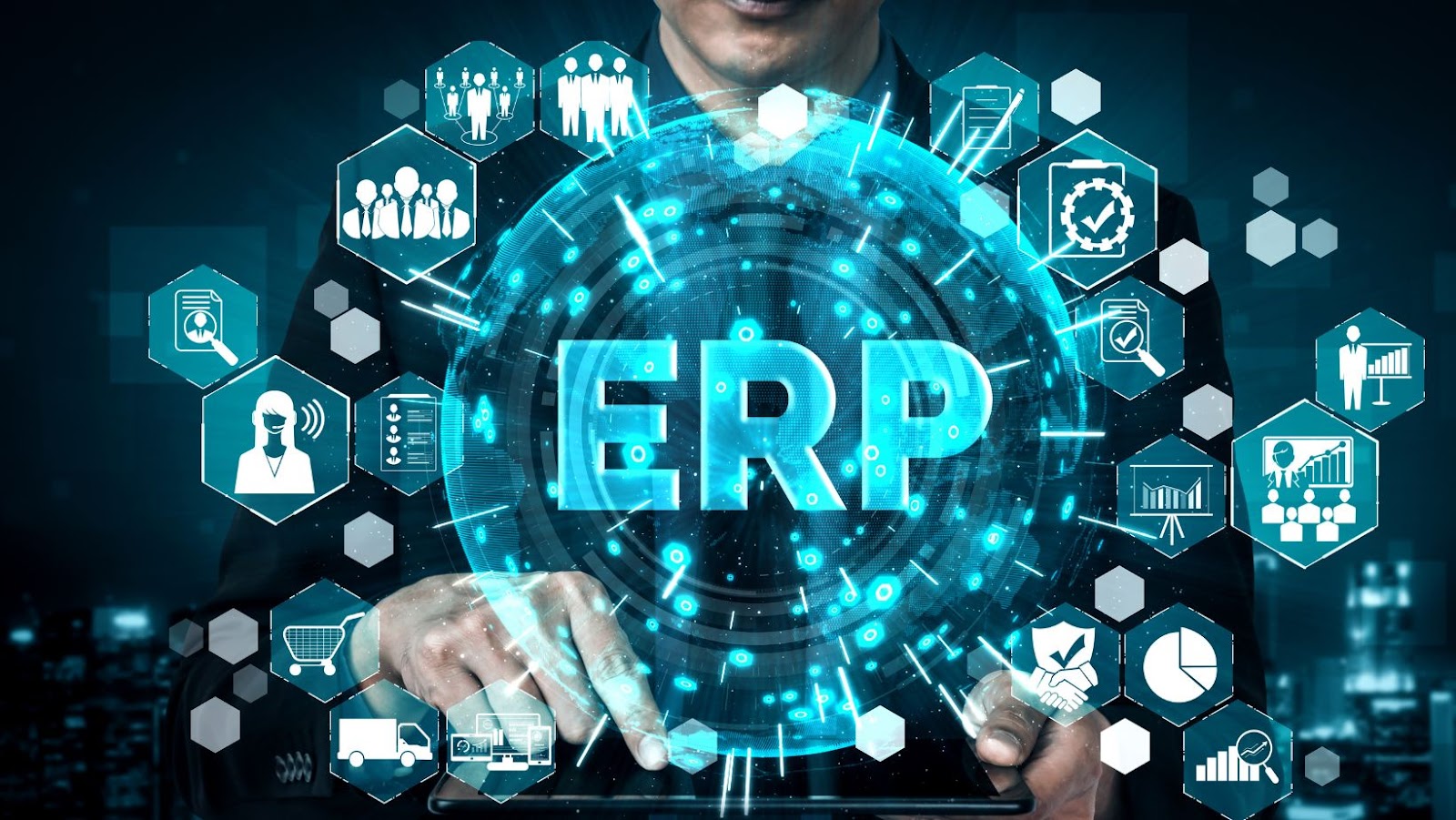
Enterprise resource planning (ERP) are software systems that allow businesses to manage many functions such as finance, supply chain, operations, reporting, production, human resources through a single system. The history and development of ERP systems is closely related to the evolution of technology and the changing needs of the business world.
The history of ERP (Enterprise Resource Planning) or Enterprise Resource Planning systems dates back to the 1960s and was born out of the need for businesses to manage their production processes more effectively. Initially, these systems were only called material requirements planning (MRP) and were used to calculate the quantity and timing of materials required for production. Over time, these systems have evolved to cover broader functions such as production planning, inventory management and order tracking. In the late 1980s, systems known as MRP II (Manufacturing Resource Planning) emerged that integrated other business functions such as finance, human resources, procurement and projects.
In the 1990s, with the evolution of technology and the needs of the business world, MRP II systems evolved into ERP systems as we know them today. During this period, ERP systems were expanded to enable businesses to manage all their core business processes through a single integrated system. With the spread of internet technology, ERP systems evolved further in the 2000s, incorporating innovations such as cloud computing and mobile access. Today, with the integration of technologies such as artificial intelligence and machine learning, ERP systems have entered a new era in optimizing business processes by further automating decision-making processes and increasing data analysis capacities. This continuous development has made ERP systems an indispensable part of the business world.
Origins of ERP
The origins of ERP (Enterprise Resource Planning) date back to the 1960s and the development of material requirements planning (MRP) systems, particularly in the manufacturing industry. During this period, the need for a system for businesses to manage material orders more effectively in their production processes emerged. MRP systems aimed to reduce inventory costs and increase production efficiency by allowing businesses to accurately calculate the quantity and timing of materials required for production. These systems were first deployed in large manufacturing companies and have evolved over time to meet more complex production requirements.
By the early 1970s, MRP systems had expanded beyond just material planning to cover a wider range of production processes. This evolution led to the emergence of a new type of system called MRP II (Manufacturing Resource Planning). MRP II systems integrated functions such as production planning, inventory control, and labor planning, enabling businesses to manage their resources more comprehensively. The development of MRP II laid the foundation for ERP systems and enabled the vision of enterprises to manage various business functions such as finance, human resources, supply chain management through a single integrated system. This evolutionary process paved the way for ERP to become a strategic tool in the business world.
The Birth of ERP
In the early 1990s, the functionality of MRP II systems was extended to other business functions such as finance, human resources, sales and distribution. These extended systems were called ERP (Enterprise Resource Planning). The main purpose of ERP is to provide information flow and integrate business processes by combining all the basic operations of an enterprise. Thus, businesses can speed up decision-making processes and increase operational efficiency.
Impact of the Internet on ERP
In the early 2000s, with the widespread use of the internet, ERP systems underwent a significant transformation. Web-based ERP solutions enabled users to access systems from anywhere. This period also brought the integration of ERP with cloud computing. Cloud-based ERP systems have made it easier for small and medium-sized enterprises to access ERP systems and reduced the cost of systems.
Evolution of ERP with Mobile and Cloud Technologies
In recent years, the development of mobile technologies and cloud computing has made ERP systems more flexible and accessible. Businesses can now access their ERP systems from any device and get real-time data. This has led to further automation of business processes and the development of data analysis capabilities.
The Future of ERP with Artificial Intelligence and Machine Learning
The integration of artificial intelligence (AI) and machine learning technologies is shaping the future of ERP systems. These technologies enable businesses to further analyze data, make predictions and automate decision-making processes. Artificial intelligence-supported ERP systems allow businesses to gain competitive advantage by further optimizing business processes.
The history of ERP systems has evolved in parallel with technological developments and the changing needs of the business world. Starting from MRP systems to comprehensive ERP solutions integrated with cloud computing and artificial intelligence technologies, this journey has enabled businesses to become more efficient and flexible. The future of ERP will continue to push the boundaries of technology and provide innovative solutions to the challenges businesses face.
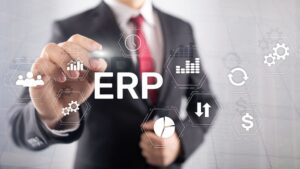
Previous Post
How Does an ERP System Increase Productivity?
Next Post
In which business areas are ERP systems used?
